

Clara Bow --- Part Two
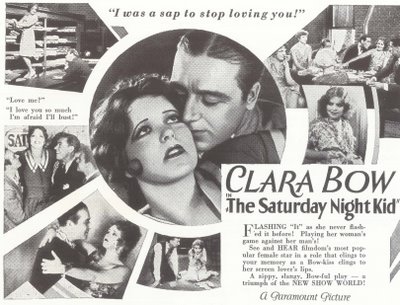
Talkies and other things had broken Clara Bow’s spirit before age twenty-five. The fun of movie making was largely gone before she stepped in front of a microphone --- sound's arrival supplied the finishing touch. There were scandals and tawdry episodes in her personal life to sour reportage, and the country was a changing place. Compare It with any of her talkers. The silent has an optimistic quality --- a sunnier disposition all around, and it's not just Clara's vibrancy. Even tenements in It have a hopeful appearance, whereas in The Saturday Night Kid, they’re just squalid. You look at Clara in a talkie and wonder how she got into such reduced circumstances. Her energy is drained and worse yet, she has to stand still --- all that action and movement circumscribed by a looming microphone. Bow hated that boom all the more because she knew what it was doing to her performance. One time she cursed and pounded the heavy apparatus as it hung overhead --- she knew by then where the fault lay for her decline. But even without the tumult of sound, Bow's career may not have lasted in any case, considering Paramount’s relentless recycling of dogmatic formulas. Other screen flappers were slipping before talkies arrived. Colleen Moore’s last three jazz babies went down in red ink --- Oh, Kay! lost $65,000, Synthetic Sin $75,000, and Why Be Good showed a $40,000 deficit. Colleen didn’t need sound to finish her in these roles. Neither did Fox’s Sue Carol, another aspirant to the Bow big leagues whose own hotcha series took a dive just as Carol first spoke for fans --- The Exalted Flapper, Watch That Girl, and The Big Party all lost money. Both these actresses would retire within a few years, as would Clara Bow, but being by far the biggest star, Bow’s descent was adjudged the most dramatic. Lesser lights could bow out quietly, but the press hounds would nip at Clara’s heels all the way to the train station.
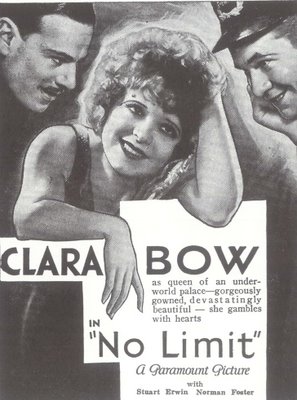
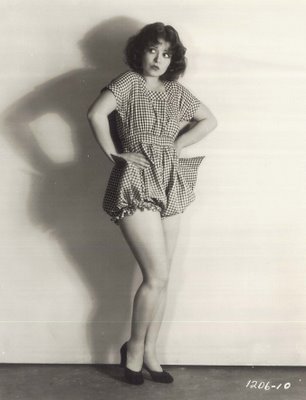
Her popularity was at its peak when she did The Wild Party (45,000 letters in January 1929), but Paramount had rushed her into talkies, and the lack of preparation showed. The movie went out in April, months before consensus was reached among exhibitors as to the viability of sound. Talking pictures were still something you drove to. Big towns played them, but much of Clara’s loyal following lived in the rurals. My own small community played The Wild Party in a silent version. I suspect that’s how most patrons saw it. By the time little houses got wired (those surviving the transition --- many of them simply closed), The Wild Party had come and gone as a silent, leaving a lot of Clara’s fans to experience her in sound for the first time in either Dangerous Curves or The Saturday Night Kid. All three were released before the end of 1929 amidst unseemly haste. The eight starring sound features for Paramount are as many shadows today --- for all the exposure they’ve had in the last forty years, they might just as well be lost. Early television saw most of them back, but stations shunned the early titles among those bulging syndicated packages, preferring to run Hope, Crosby, or Ladd over these creaky Bows, and what little exposure they’ve had since has been limited to restoration festivals and reparatory screenings. I wish I could announce Universal’s forthcoming release of all eight (plus her song turn in Paramount On Parade), as they own them now, but the prospects for a DVD box look doubtful.
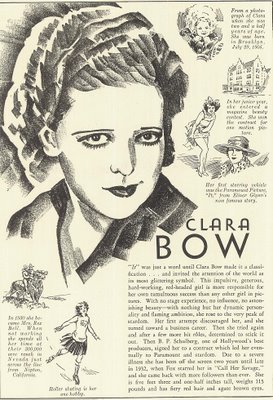
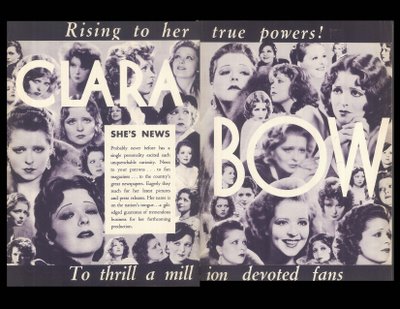

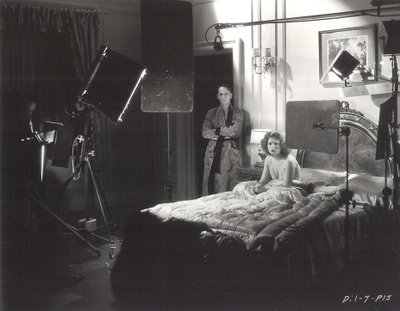
What if Clara Bow had been reborn as a "serious" actress? She was all set for City Streets in 1931, but Sylvia Sidney played it instead. Would we really enjoy seeing Clara doing Sylvia Sidney parts? I for one don’t much enjoy seeing Sylvia Sidney doing Sylvia Sidney parts. A few of Nancy Carroll’s roles would have been nice with Clara --- Hot Saturday comes to mind. These were the actresses Paramount was pushing in the new age of sound. Clara Bow’s contract was "settled" (she got nothing) and the actress announced she was through with movies. Married ranch life (her first) to future cowboy Rex Bell was briefly interrupted by a return to the screen for Fox Film Corporation. Two final curtain calls would be Call Her Savage and Hoopla. Savage is everything the title implies --- it flies off in a thousand melodramatic directions, but sure delivers pre-code goods, more so than anything she did at staid Paramount (it shows up a lot on Fox Movie Channel --- by all means, see it). It was also a hit --- domestic rentals of $571,000 and foreign at $230,000 against a negative cost of $476,000 for a profit of $13,000. Any gain was good news in 1932, but it didn’t last. Hoopla cost $403,000, but brought back less than Call Her Savage with $437,000 domestic and $148,000 foreign --- final loss for this one was $58,000. There was talk of Clara staying on to do Stand Up and Cheer, but she didn’t want any more of it (Hoopla had been an ordeal for her), so this time retirement was permanent. Mental illness rife in her family came to call within the next idle decade --- the time left before her death in 1965 was largely spent in treatment and/or seclusion.
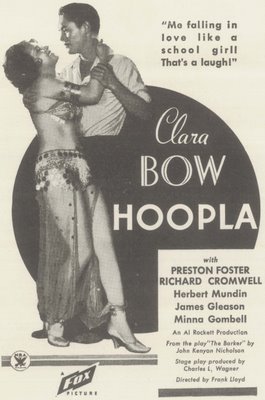
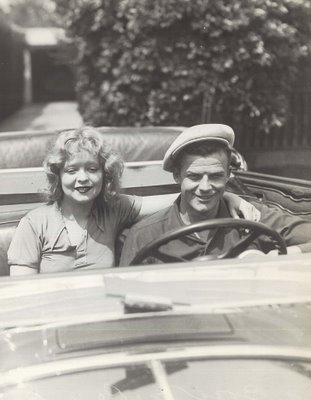
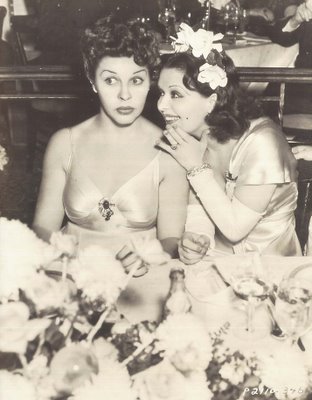
A few notes by way of captioning these stills. That whip Clara brandishes will be used on hapless Gilbert Roland, an old off-screen lover and lifelong friend who would stay in touch with Bow for the rest of her life (both this and the on-set candid of C.B. in bed are from Call Her Savage). That open car is shared with just acquired husband Rex Bell, and the shot is dated December 1931 --- keep in mind this is a woman twenty-six, and look what those years have done to her. The Screen Personalities montage mentions Clara having entered that fateful magazine star search "in her junior year" --- fact is she didn’t get beyond grade school, but adult education courses taken during retirement would improve both her writing and typing skills. This nightclub shot with Martha Raye found them celebrating the opening of College Swing in 1938 --- Clara briefly dabbled in the restaurant business during this period and was still willing to accommodate an always-curious press. After 1940, she’d seldom be photographed. Everything about Clara Bow’s incredible life is set forth in David Stenn’s book. By way of getting an update, I asked David if there had been any interesting rediscoveries since his last updated edition of the biography. Here’s his response ---
I guess you already know about the UCLA Festival of Preservation -- which will include two Clara Bow films that have been in the works for a decade -- MY LADY'S LIPS and POISONED PARADISE. On the first title, additional footage (including CB) was found in another nitrate print (only two 35mm nitrates survived) at the last minute so luckily what got preserved is complete. As you know, the problem with the indies of that period is they got chopped up for censorship in each state, so reassembling them is complicated -- right now that's the case with MY LADY OF WHIMS, which (believe it or not) has never received a full preservation. It's in the works now though.
Actually, I didn’t know about those two finds, but I’m delighted to hear that more Clara Bow continues to turn up (much of that due to David Stenn’s own tireless efforts). Thanks for the bulletin, David!